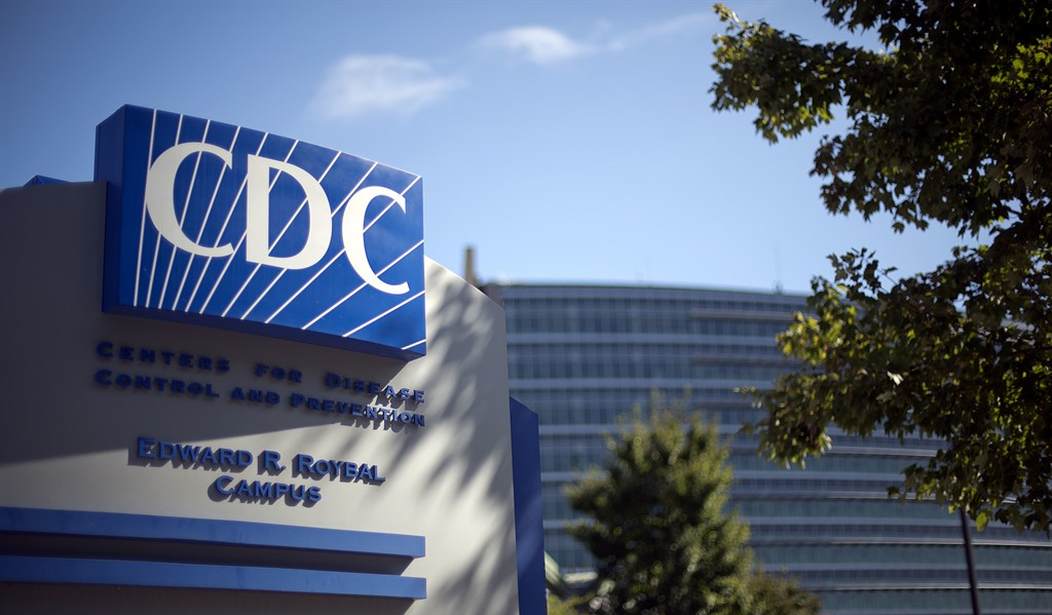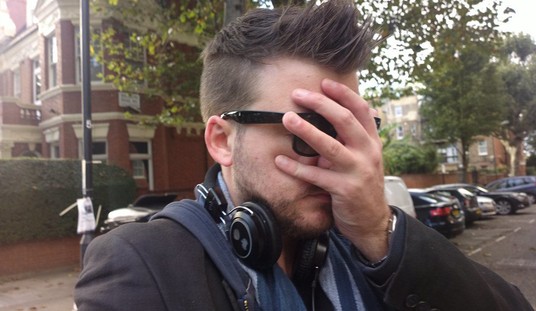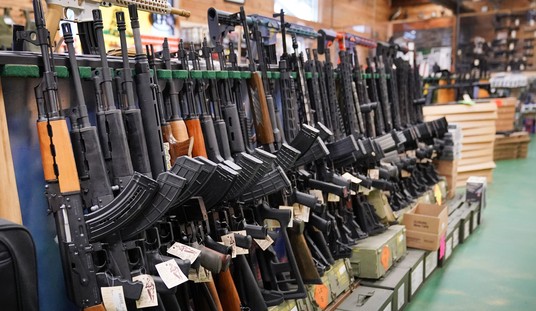When we discuss firearm-related deaths, we need firm, reliable numbers in order to have a meaningful conversation. The gun debate isn’t served by nebulous ideas of how guns impact people in this nation. We need real, hard numbers.
For years, we’ve all looked to the Centers for Disease Control in Atlanta to compile those for us. While the CDC has a history of anti-gun bias, we still tended to trust them to at least be able to count.
However, in 2017, John Lott found a discrepancy. He noted that due to an error in Tennessee’s data, the total count was about 100 higher than it should have been. He notified the CDC and they acknowledged the mistake.
It just took them a year to finally fix it.
While the CDC acknowledged the error, they failed to correct it. Finally, in 2018 — two and a half years after being notified — they have corrected the mistake, but the error was even greater than originally thought. Instead of inflating the number of fatal firearm accidents by 100, the totally was erroneously increased by 125.
It’s not clear how the error occurred or why it took the CDC more than two years to correct the total. Very likely, the reason was bureaucratic inertia.
In October of 2016, CDC put out a notice that the 2014 data was bad. Users of the data were forewarned that the numbers were unreliable. In a large bureaucracy, it takes time to check and recheck everything. No one wants to admit an error in an organization whose major stock in trade is its credibility.
That the correction crossed the boundary of a presidential election is intriguing. It’s not proof of institutional bias, but it may be an indicator. President Obama was resolutely against an armed population. President Trump has openly supported Second Amendment freedoms.
The CDC has been chastised by Congress for institutional bias against an armed population before. The CDC buried data — or at minimum, didn’t promote it — that supported claims of large numbers of defensive gun uses.
The CDC’s biases have been known for some time, which is why they were specifically admonished that they couldn’t use taxpayer money to fund pro-gun control propaganda masquerading as science. They then promptly acted like that meant they could study gun violence at all, which simply illustrates just how biased they were.
Did those play into it taking them so long? Maybe.
It may have also been simply a case of bureaucracy moving at a snail’s pace and opting to verify all the other data, which would account for the additional 25 murders overcounted.
Either way, it does start to call the CDC’s numbers into question, at least a bit. They’ll still be used–one mistake isn’t enough to undermine everything–it’ll be with a bit of concern going forward.
Understandably, this is something the CDC should be slammed for. The mistake is understandable. That it took this long to correct really isn’t.
The fact that the incorrect numbers helped bolster the anti-gun argument doesn’t exactly help erase concerns of bias within the CDC, either. Still, they’ve been corrected and now we get to deal with the aftermath.







Join the conversation as a VIP Member